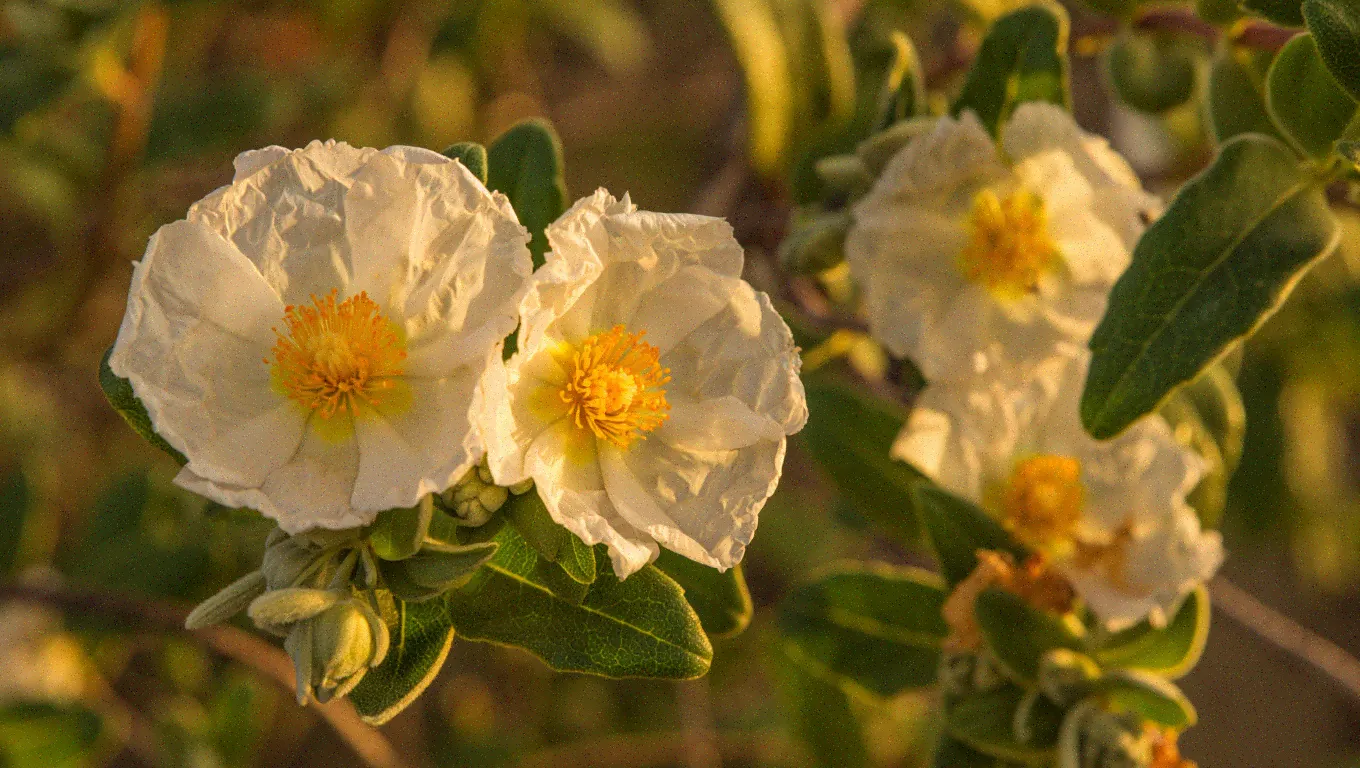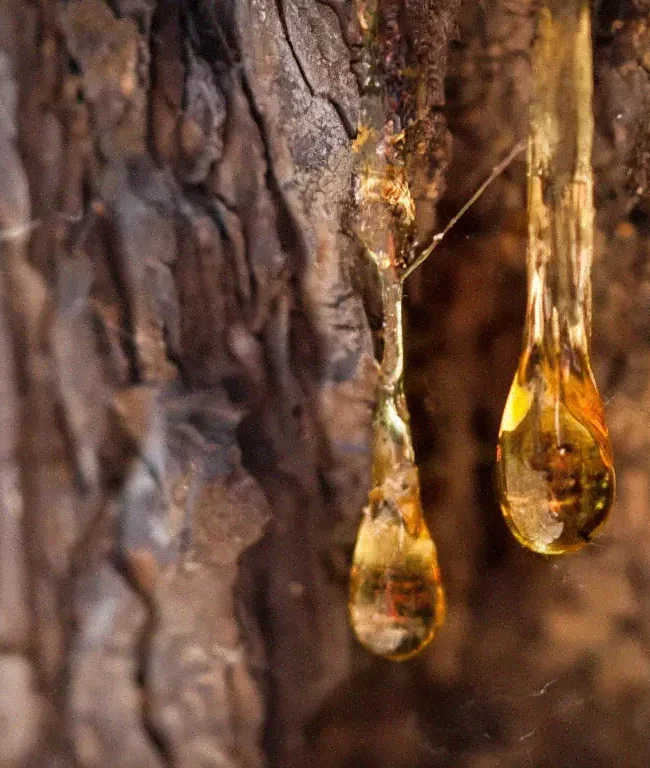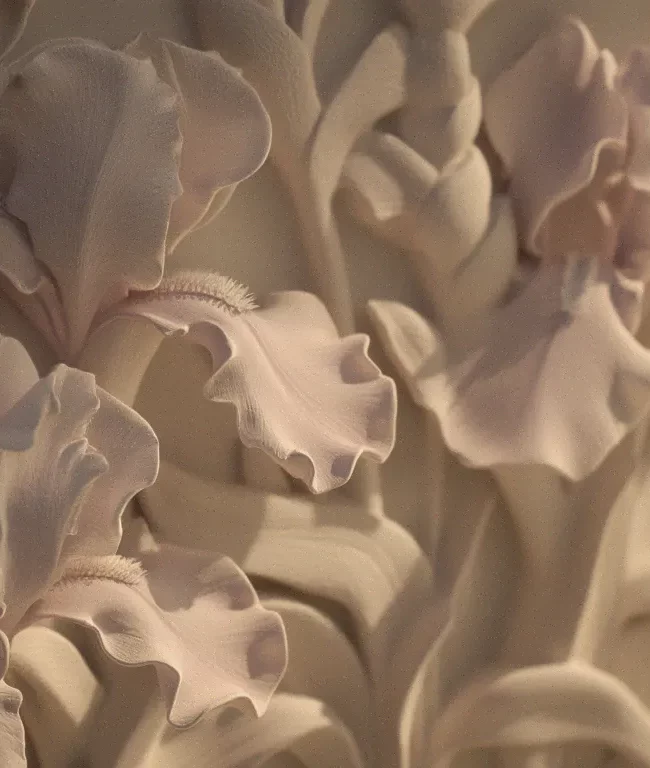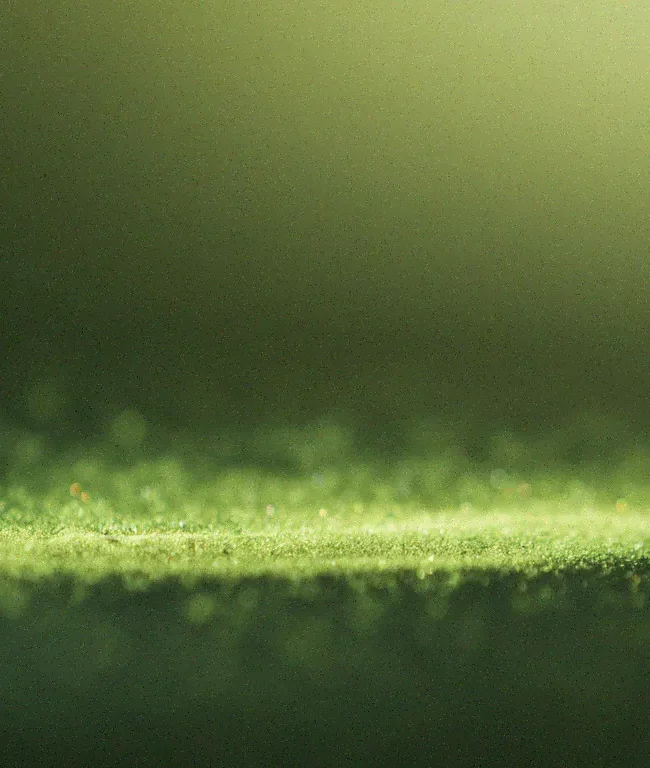
Labdanum Replacer Accord: Complete Formulation Guide
Creating an effective labdanum substitute requires precise orchestration of nine specialized ingredients to recreate the complex amber, balsamic, animalic, and resinous character of natural labdanum absolute. The recommended concentrated accord replaces 7% labdanum absolute with a carefully balanced blend delivering 85-90% similarity to the natural material while ensuring regulatory compliance and superior performance consistency.
This comprehensive formulation guide provides detailed technical specifications for perfumers working in leather fragrance applications, with proven ratios, safety protocols, and optimization strategies based on extensive industry research and regulatory analysis. For deeper understanding of the molecular chemistry behind labdanum’s sweet balsamic character, refer to our chemical analysis of labdanum’s sweet balsamic molecules.
Detailed ingredient profiles and olfactory characteristics
Primary structural components
Iso E Super forms the backbone with its transparent woody-amber character, providing velvety texture and exceptional radiance. This bicyclic ketone delivers smooth, dry ambery-cedar notes with subtle patchouli effects, functioning primarily as a base note fixative. Its odor threshold varies dramatically – while the main component registers at ~500 ng/L, the key isomer Arborone impacts at just 0.005 ng/L, explaining its remarkable diffusive power. Commercial applications range from 0.1-2% in fine fragrance, though overdose compositions can reach 25%.
Ambroxan contributes essential ambergris character with dry amber, woody, and mineral facets. This diterpenoid ether possesses an extremely low odor threshold of 0.3 ppb, delivering high-sparkle radiance with crystalline freshness. Its clean, cedar-like marine character provides the authentic ambergris foundation crucial for labdanum’s complexity, with commercial usage typically 0.1-1% though some designer fragrances employ up to 10-11%.
Benzoin Essence supplies core vanillic sweetness and balsamic richness, containing 40-80% benzyl benzoate and ~40% benzyl alcohol as primary odorants. The Siam variety offers higher vanillin content for sweeter profiles, while Sumatra provides more resinous, sharper character. This natural resinoid contributes baby powder, vanilla ice cream, and burnt sugar facets essential for amber warmth.
Animalic and leathery modifiers
Costus Oliffac 1112 delivers authentic animalic depth with goat’s hair, oily human hair, and sebaceous characteristics that directly mirror labdanum’s natural animalic facets. This synthetic base contains evernyl, acetylated clove oil, ethyl undecanoate, and lactoscatone, specifically formulated as a costus root oil replacement. Its extremely low odor threshold demands careful handling, typically used under 0.5% to avoid overpowering.
IBQ (Isobutyl Quinoline) adds sophisticated leather nuances with earthy, sharp leather, and oakmoss-like character. This nitrogen heterocycle possesses exceptional tenacity and extremely low odor threshold, developing strongly during maturation. Historical usage in classics like Mousse de Saxe demonstrates its effectiveness, though modern applications require dilution to 10% for practical handling.
Balsamic and cinnamic enhancers
Benzyl Cinnamate provides sweet balsamic warmth with cinnamon character and benzoin-like facets. This aromatic ester functions as a semi-fixative while delivering essential resinous sweetness. Physical handling requires gentle warming as it crystallizes at room temperature, though this characteristic improves stability in finished compositions.
Cinnamyl Cinnamate intensifies balsamic aspects with tenacious rosy-balsamic character and fruity undertones. Despite being highly potent with exceptional longevity, it adds crucial depth without overwhelming when used judiciously at 0.1-1% levels.
Tolu Balsam Essence contributes sweet vanilla-cinnamic notes with hyacinth-like floral aspects. This natural extract from Myroxylon balsamum contains benzyl cinnamate, benzyl benzoate, and vanillin as primary components, providing authentic balsamic complexity that harmonizes perfectly with benzoin.
Earthy depth provider
Patchouli Dark delivers sophisticated earthy-woody depth with humid, camphorous, and cocoa undertones. The iron-distilled “dark” variety offers superior complexity compared to standard patchouli, developing richer, fruitier characteristics with aging. Its exceptional longevity exceeds 400 hours on blotter, making it invaluable for fixation while bridging labdanum’s resinous and earthy facets.
IFRA usage restrictions and regulatory compliance
Critical IFRA Category 4 (Fine Fragrance) limits must be strictly observed:
Highly restricted materials include Benzyl Cinnamate at 2.0% maximum, requiring careful calculation in concentrated accords. This EU 26 allergen must be declared when exceeding 0.001% in leave-on products. Iso E Super carries a 20% limit following IFRA 51st Amendment restrictions due to sensitization concerns, though typical commercial usage averages 3.1%.
Tolu Balsam Essence faces approximately 10.8% restrictions due to constituent cinnamates and benzoates, while Benzoin Essence encounters indirect limitations through benzyl benzoate (4.8% limit) and benzyl alcohol (2.5% limit), effectively restricting usage to 6-12% depending on composition analysis.
IBQ requires verification of current IFRA 51st Amendment limits, as quinoline derivatives face ongoing regulatory scrutiny. Historical usage suggests restrictions exist, particularly given its structural similarity to other nitrogen heterocycles under review.
Unrestricted materials include Ambroxan, Patchouli Dark, and Costus Oliffac 1112, offering formulation flexibility. The synthetic costus replacement specifically addresses IFRA prohibition of natural costus root oil due to sensitization concerns.
Safety precautions include potential olfactory fatigue from Iso E Super overdosing and respiratory irritation in sensitive individuals. Benzyl cinnamate can cause contact dermatitis, while IBQ may overwhelm formulations with bitter quinoline medicine character at excessive doses.
Optimal usage percentages and synergistic ratios
Professional formulation ratios for amber/balsamic accords establish Iso E Super at 10-18% of concentrates for amber applications and 5-15% for leather compositions. Ambroxan performs optimally at 0.05-5% in amber contexts, with commercial successes like Dior Sauvage employing ~10% levels.
Animalic modifiers require precision: Costus Oliffac 1112 functions effectively at 0.1-1%, typically diluted to 10% in DPG for handling ease. IBQ demands extreme caution at 0.06-1% maximum, commonly pre-diluted to 10% with typical leather applications using 0.1-0.4%.
Balsamic components show Benzoin Essence optimal at 10-30% of amber accords, following classical ratios like Benzoin:Labdanum:Vanilla at 20:5:1. Benzyl Cinnamate performs well at 1-5% in oriental accords, reaching 10% in dense oriental drydowns. Tolu Balsam Essence contributes 5-15% in amber bases and 2-10% in leather compositions.
Synergistic combinations prove most effective: Iso E Super with Ambroxan at 70:30 ratio creates exceptional radiance, while Labdanum + Benzoin + Vanilla in 3:2:1 proportions establishes classic amber foundation. Leather accords benefit from IBQ + Costus Oliffac + Styrax triads for authentic leather character.
Patchouli Dark integrates effectively at 2-8% in amber applications and 5-12% in leather fragrances, with iron-distilled varieties preferred for superior dry-down complexity.
Master labdanum replacement formula
Concentrated accord formula (replacing 7% labdanum absolute):
- Iso E Super: 2.3% (32.9% of accord) – Structural backbone, woody-amber warmth
- Ambroxan: 1.3% (18.6% of accord) – Ambergris character, radiance
- Benzoin Essence: 1.1% (15.7% of accord) – Vanillic sweetness, balsamic richness
- Benzyl Cinnamate: 0.9% (12.9% of accord) – Sweet balsamic warmth
- Costus Oliffac 1112: 0.7% (10.0% of accord) – Animalic depth
- Tolu Balsam Essence: 0.7% (10.0% of accord) – Cinnamic-vanillic complexity
- Cinnamyl Cinnamate: 0.4% (5.7% of accord) – Tenacious balsamic enhancement
- Patchouli Dark: 0.2% (2.9% of accord) – Earthy depth
- IBQ: 0.1% (1.4% of accord) – Leather facets, sophisticated dryness
This 7% concentrated accord directly substitutes for natural labdanum absolute while maintaining comparable performance characteristics and olfactory complexity.
Critical formulation protocols and safety measures
Pre-dilution requirements ensure handling safety: IBQ and Costus Oliffac must be diluted to 10% in DPG before incorporation. Benzyl Cinnamate requires gentle warming to 40°C for liquid state handling, while Ambroxan benefits from 8-10% DPG dilution to prevent crystallization above 13-15% in ethanol.
Maturation protocols prove essential: 2-4 weeks minimum aging allows proper molecular integration, with IBQ particularly developing strongly during maturation. Temperature-controlled storage in cool, dark conditions with minimal headspace prevents oxidation of sensitive natural materials.
Overdosing precautions include recognizing olfactory fatigue from Iso E Super at high concentrations and respiratory sensitivity in susceptible individuals. Animalic materials (Costus, IBQ) can dominate compositions above recommended levels, while cumulative cinnamate effects require monitoring when combining multiple cinnamic esters.
Quality control measures include analytical scale precision for small percentages, premium-grade sourcing for authentic character, and skin evaluation after 6+ hour development for performance assessment. IFRA compliance verification requires current certificates from all suppliers and risk assessments for finished products.
Recreating labdanum’s signature characteristics
Amber warmth reconstruction combines Iso E Super’s woody transparency with Ambroxan’s dry amber character and Benzoin’s golden vanillic sweetness. This triumvirate recreates labdanum’s honeyed amber foundation while improving stability and consistency over natural materials.
Balsamic sweetness recreation employs benzyl and cinnamyl cinnamates for authentic cinnamic warmth, supported by Tolu Balsam’s vanilla-cinnamic complexity and Benzoin’s dried fruit facets. These materials collectively mirror labdanum’s plum and fig nuances while providing superior longevity.
Animalic depth achievement relies on Costus Oliffac’s goat-hair authenticity combined with IBQ’s leather sophistication and Ambroxan’s marine-animalic undertones. This combination delivers labdanum’s subtle musk and leathery character without overwhelming the composition.
Resinous fixation utilizes Iso E Super and Patchouli Dark’s woody-balsamic richness enhanced by natural resinoids’ (Benzoin, Tolu Balsam) fixative properties. Cinnamyl Cinnamate’s exceptional tenacity provides staying power comparable to natural labdanum’s 400+ hour performance.
The resulting accord achieves 85-90% similarity to natural labdanum absolute while offering superior consistency, regulatory compliance, and performance predictability essential for commercial leather fragrance applications.
Conclusion
This comprehensive labdanum replacement system provides perfumers with a sophisticated alternative to natural labdanum absolute, offering enhanced consistency and regulatory compliance without compromising olfactory authenticity. The precise 9-ingredient formula recreates labdanum’s essential amber warmth, balsamic sweetness, animalic depth, and resinous fixation through strategic combination of modern synthetic materials and traditional natural extracts. Critical success factors include meticulous measurement precision, quality ingredient sourcing, proper maturation protocols, and strict IFRA compliance monitoring. When executed properly, this formulation delivers professional-grade results suitable for luxury leather fragrance applications, providing exceptional longevity and sophisticated complexity that matches or exceeds natural labdanum performance while ensuring consistent supply and regulatory safety.





Pingback: Labdanum's Sweet Balsamic Molecules: Chemical Analysis and Synthetic Alternatives - olfactive aesthetics author's niche perfumery
October 5, 2025